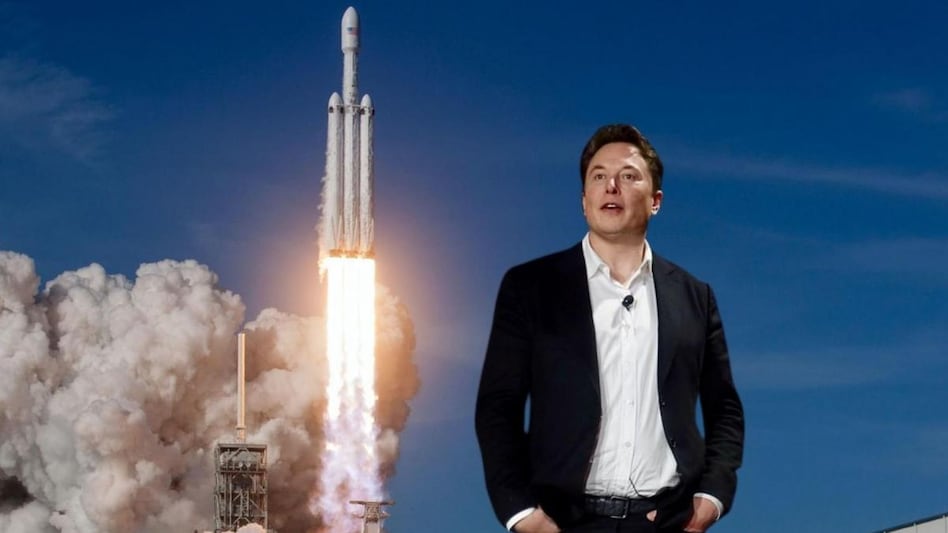 SpaceX CEO Elon Musk (Source: Dan G/Flickr)
SpaceX CEO Elon Musk (Source: Dan G/Flickr)  SpaceX CEO Elon Musk (Source: Dan G/Flickr)
SpaceX CEO Elon Musk (Source: Dan G/Flickr) Elon Musk’s SpaceX is set to embark on a historic test flight of its monumental Starship, the most powerful rocket ever built. The mission aims to validate the capabilities of the spacecraft that Musk envisions as the primary vehicle for human exploration of the Moon and Mars.
Rising to a height of nearly 400 feet (120 meters) above the South Texas plains, Starship is poised for takeoff as early as Monday, albeit unmanned. The Federal Aviation Administration (FAA) has granted SpaceX clearance for the launch.
This demonstration flight marks the first time that both sections of Starship, the towering first-stage rocket booster named Super Heavy, and the six-engine spacecraft, will fly together. The initial prototype of the upper-stage spacecraft had several unsuccessful flights before finally landing upright in 2021.
This time around, SpaceX will not attempt to recover any part of the rocket or spacecraft. Everything will fall into the sea.
Starship boasts 33 main engines with a combined thrust of 16.7 million pounds. In January, all but two of the methane-fueled first-stage engines were successfully tested on the launch pad, an achievement that Musk deemed sufficient to achieve orbit. Starship has the capability to lift up to 250 tons and accommodate up to 100 people on a mission to Mars.
Musk plans to launch Starlink satellites into low-Earth orbit using the spacecraft before sending humans. Starship easily surpasses NASA’s Saturn V moon rocket and the Space Launch System of the Artemis program, which made its first lunar voyage late last year. It also outperforms the former Soviet Union’s ill-fated N1 moon rocket.
Starship will launch from a remote site near Boca Chica Beach, the southernmost point of Texas, located just below South Padre Island, and about 20 miles from Brownsville.
The test flight, which will last 1 1/2 hours, will not complete a full orbit of the Earth. After three minutes of flight, the booster will separate and fall into the Gulf of Mexico, while the spacecraft continues eastward, crossing the Atlantic, Indian, and Pacific oceans before landing near Hawaii.
Also Read
Instagram revamps Reels with new video editing and discovery features
Europe sets up task force on ChatGPT to create a common policy on AI privacy rules
For Unparalleled coverage of India's Businesses and Economy – Subscribe to Business Today Magazine
Copyright©2025 Living Media India Limited. For reprint rights: Syndications Today